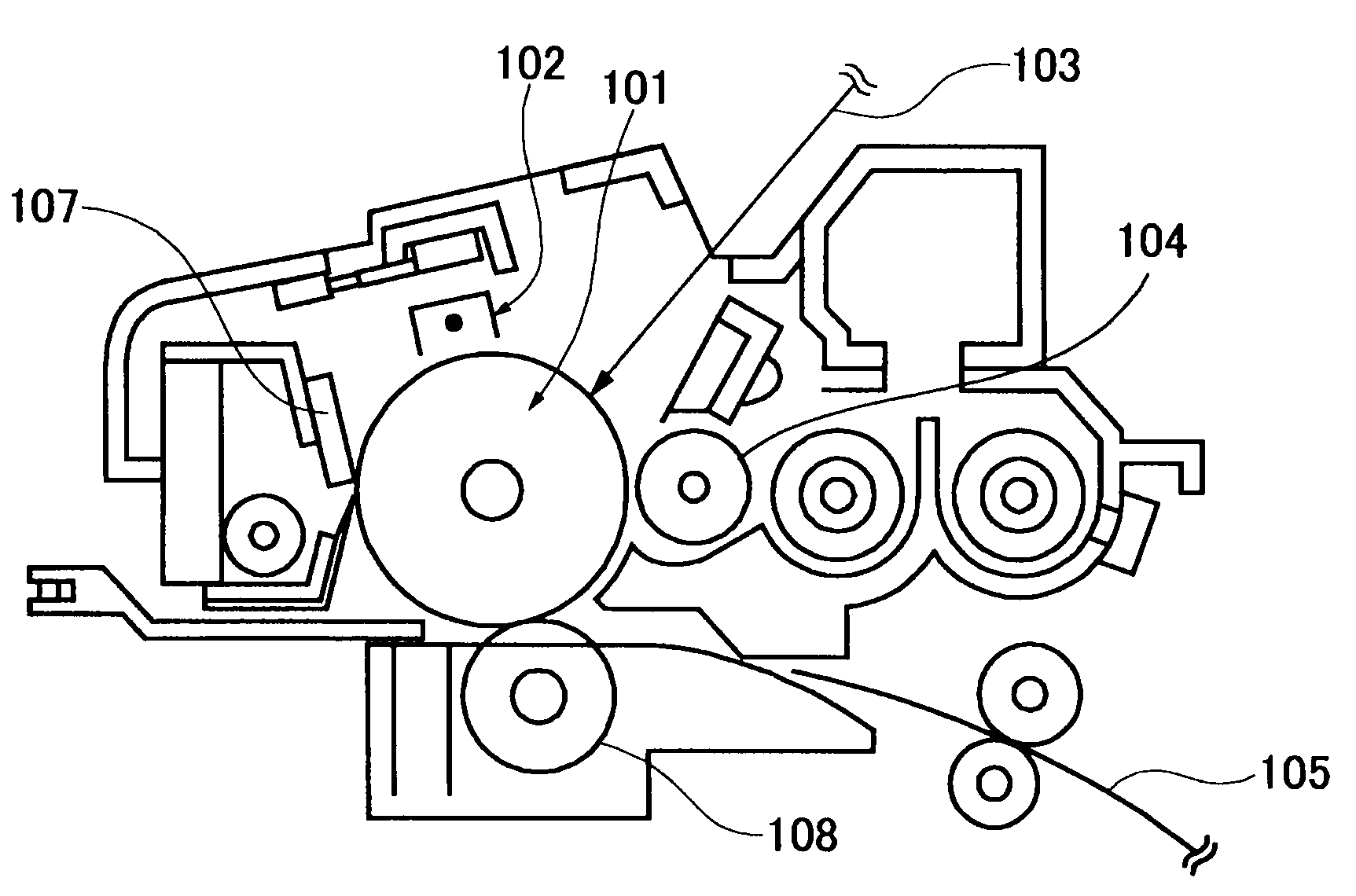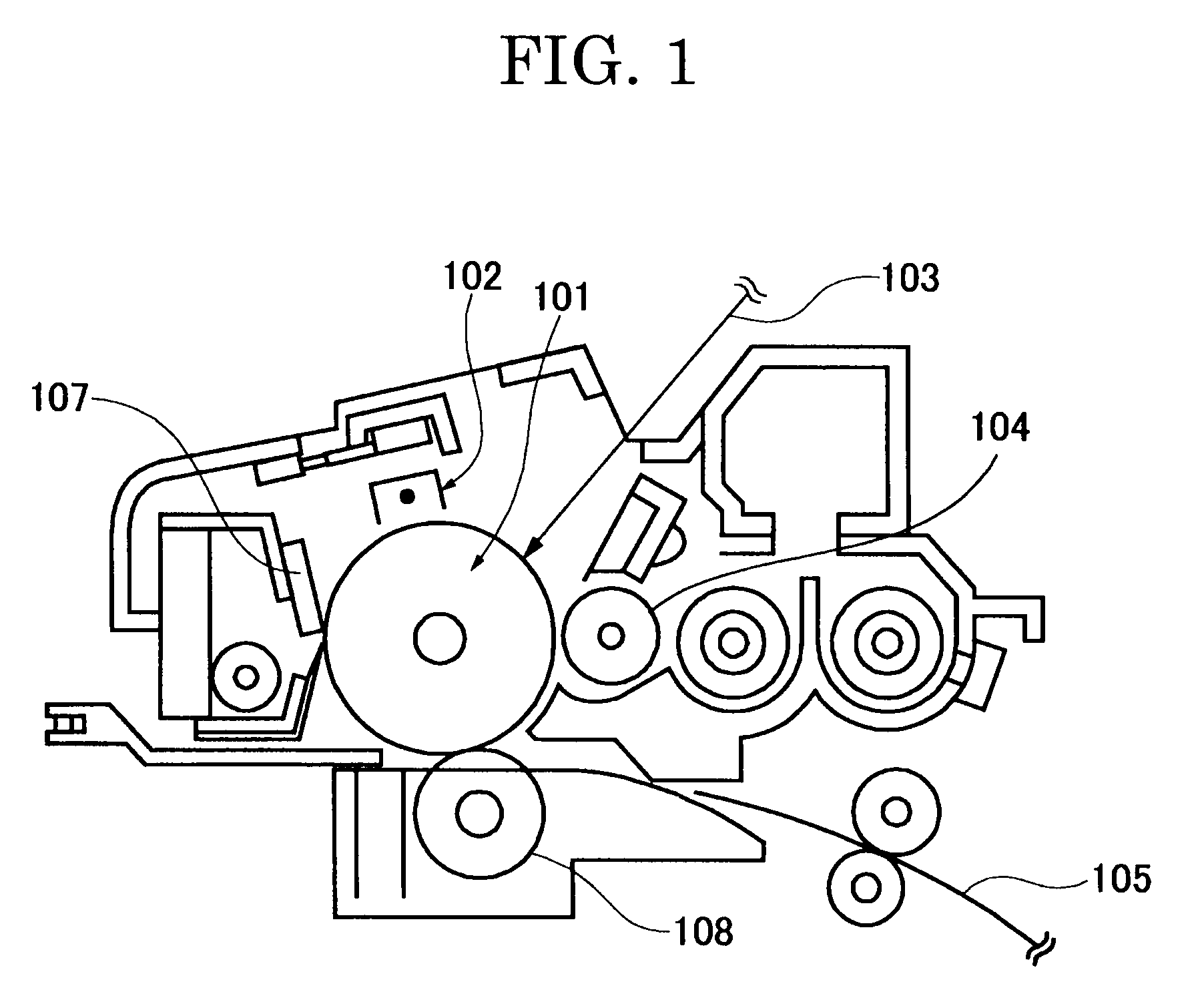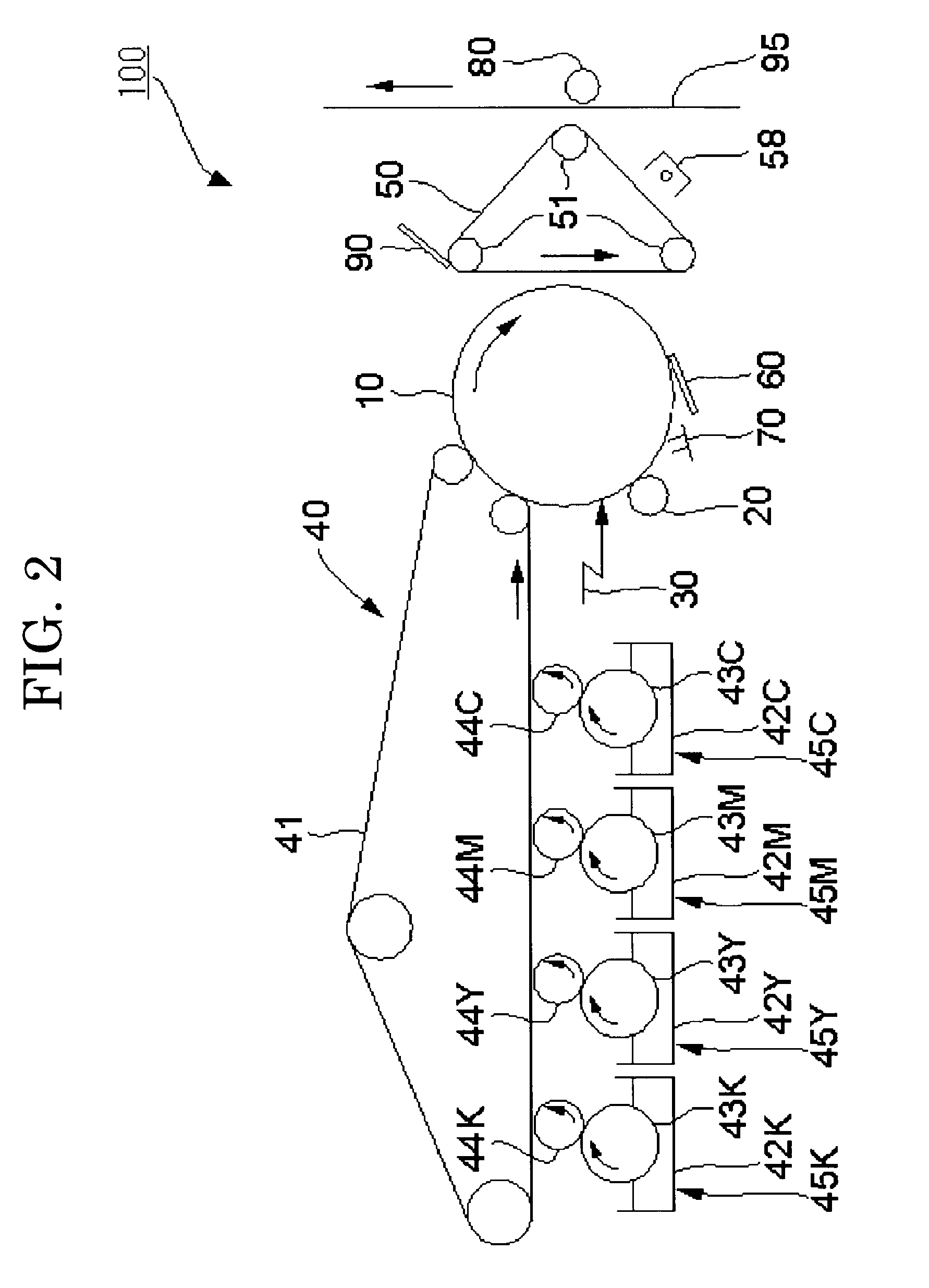Colored polymer particles, method for producing the same, and toner and developer using the same
a color polymer and particle technology, applied in the field of color polymer particles, can solve the problems of difficult control of the shape or structure of toner particles, difficulty in determining the charge ability of toner particles, etc., and achieves excellent basic properties, low cost, and good yield
- Summary
- Abstract
- Description
- Claims
- Application Information
AI Technical Summary
Benefits of technology
Problems solved by technology
Method used
Image
Examples
synthesis example 1
Synthesis of Surfactant 1
[0264]A pressure-resistant reaction cell was charged with 1,000 parts of 1H,1H-perfluorooctylacrylate (manufactured by AZmax. co), and 10 parts of 2,2′-azobisisobutyronitrile (also referred to as AIBN, manufactured by Wako Pure Chemical Industries, Ltd.) (50 volume % of the pressure-resistant reaction cell). Carbon dioxide was selected as a supercritical fluid and the pressure-resistant reaction cell was supplied therewith. The cell pressure was controlled at 30 MPa using a pressure pump, and the cell temperature was controlled at 65° C. using a temperature controller, allowing a reaction to take place for 24 hours. After termination of the reaction, the pressure-resistant reaction cell was cooled to a temperature of 0° C. and brought to normal pressure using a back pressure valve to obtain Surfactant 1. The weight average molecular weight (Mw) of the obtained Surfactant 1 was 98,000 as measured by gel permeation chromatography (GPC).
synthesis example 2
Synthesis of Surfactant 2
[0265]A pressure-resistant reaction cell was charged with 500 parts of 1H,1H-perfluorooctylmethacrylate (manufactured by AZmax.co), 500 parts of a styrene monomer, and 5 parts of 2,2′-azobisisobutyronitrile (AIBN, manufactured by Wako Pure Chemical Industries, Ltd.) (40 volume % of the pressure-resistant reaction cell). Carbon dioxide was selected as a supercritical fluid and the pressure-resistant reaction cell was supplied therewith using a supply cylinder. The cell pressure was controlled at 20 MPa using a pressure pump, and the cell temperature was controlled at 65° C. using a temperature controller, allowing a reaction to take place for 48 hours. After termination of the reaction, the pressure-resistant reaction cell was cooled to a temperature of 0° C. and brought to normal pressure using a back pressure valve to obtain Surfactant 2. The weight average molecular weight (Mw) of the obtained Surfactant 2 was 85,000 as measured by gel permeation chromatog...
synthesis example 3
Synthesis of Surfactant 3
[0266]A pressure-resistant reaction cell was charged with 1,000 parts of 2-(perfluorodecyl)ethyl acrylate (manufactured by AZmax.co), and 1 part of V-65 (2,2′-azobis(2,4-dimethylvaleronitrile), manufactured by Wako Pure Chemical Industries, Ltd.) (30 volume % of the pressure-resistant reaction cell). Carbon dioxide was selected as a supercritical fluid and the pressure-resistant reaction cell was supplied therewith using a supply cylinder. The cell pressure was controlled at 35 MPa using a pressure pump, and the cell temperature was controlled at 50° C. using a temperature controller, allowing a reaction to take place for 24 hours. After termination of the reaction, the pressure-resistant reaction cell was cooled to a temperature of 0° C. and brought to normal pressure using a back pressure valve to obtain Surfactant 3. The weight average molecular weight (Mw) of the obtained Surfactant 3 was 152,000 as measured by gel permeation chromatography (GPC).
PUM
| Property | Measurement | Unit |
|---|---|---|
| particle diameter | aaaaa | aaaaa |
| temperature | aaaaa | aaaaa |
| temperature | aaaaa | aaaaa |
Abstract
Description
Claims
Application Information
 Login to View More
Login to View More - R&D
- Intellectual Property
- Life Sciences
- Materials
- Tech Scout
- Unparalleled Data Quality
- Higher Quality Content
- 60% Fewer Hallucinations
Browse by: Latest US Patents, China's latest patents, Technical Efficacy Thesaurus, Application Domain, Technology Topic, Popular Technical Reports.
© 2025 PatSnap. All rights reserved.Legal|Privacy policy|Modern Slavery Act Transparency Statement|Sitemap|About US| Contact US: help@patsnap.com



